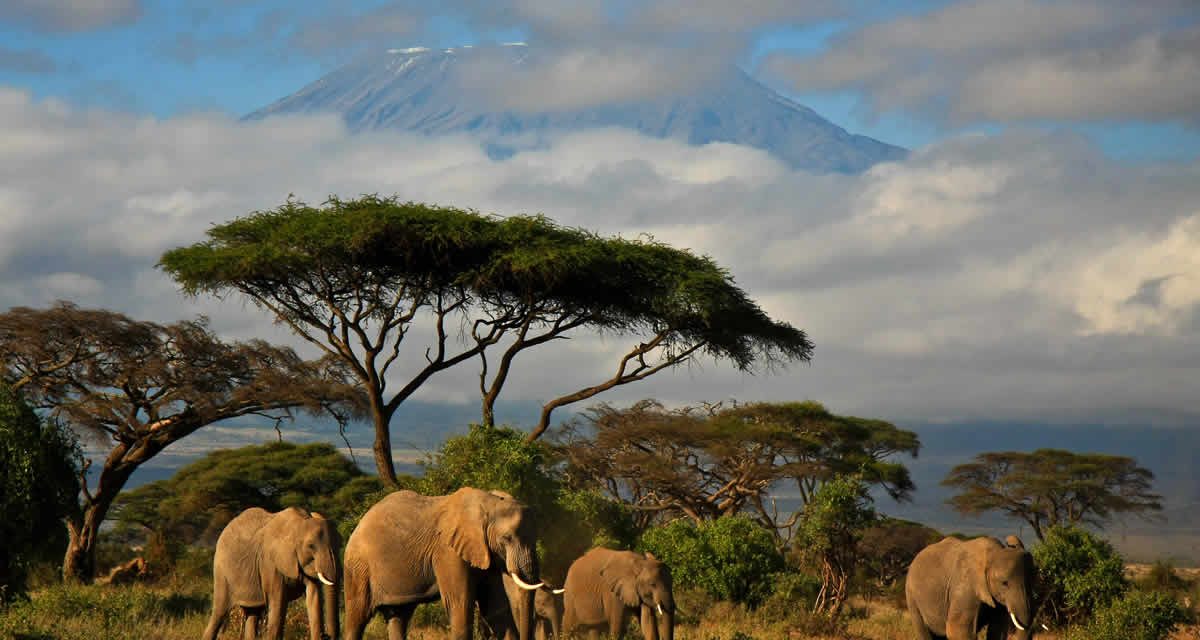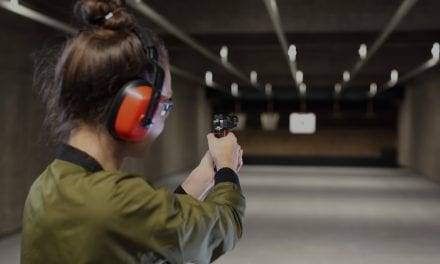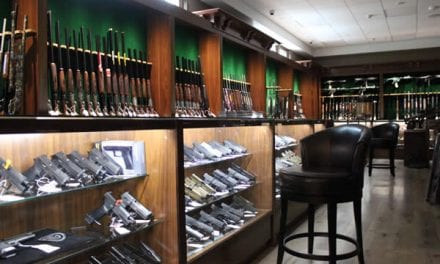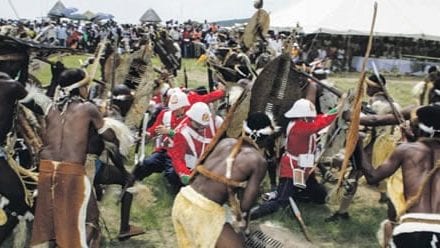“The beast which passeth all others in wit and mind.” – Aristotle (describing elephants)
The capability of self-awareness is a prime indicator of the immense capacity for thinking and intellect that exists in the elephant. Elephants can recognize themselves in a mirror.
Why do elephants have such large brains – an average mass of over 5kg? Elephants display a wide range of emotions. They display grief. They mourn their dead. They display great joy. Elephants use tools and have been observed taking actions that meet the criteria for artistic expression.
Elephants learn. Elephants use tools. Elephants display compassion.
The elephant brain contains a neocortex that rivals the human brain in terms of its convolutions – another hallmark of high intelligence. The similarities don’t end there: elephant and human lifespans are similar; neither species are born with survival skills, and learning takes place over a decade; the elephant brain allows for emotional flashbacks.
Elephants’ tool use includes use of branches to scratch themselves.
In 1926, George Orwell was tasked with killing a Burmese elephant who earlier had killed a coolie. Afterwards, a conscience-stricken Orwell wrote of the experience in his essay, “Shooting an Elephant”. Here he describes the immediate post-shooting events:
“The Burmans were already racing past me across the mud. It was obvious that the elephant would never rise again, but he was not dead. He was breathing very rhythmically with long rattling gasps, his great mound of a side painfully rising and falling. His mouth was wide open – I could see far down into caverns of pale pink throat. I waited a long time for him to die, but his breathing did not weaken. Finally I fired my two remaining shots into the spot where I thought his heart must be. The thick blood welled out of him like red velvet, but still he did not die. His body did not even jerk when the shots hit him, the tortured breathing continued without a pause. He was dying, very slowly and in great agony, but in some world remote from me where not even a bullet could damage him further. I felt that I had got to put an end to that dreadful noise. It seemed dreadful to see the great beast Lying there, powerless to move and yet powerless to die, and not even to be able to finish him. I sent back for my small rifle and poured shot after shot into his heart and down his throat. They seemed to make no impression. The tortured gasps continued as steadily as the ticking of a clock.
“In the end I could not stand it any longer and went away. I heard later that it took him half an hour to die. Burmans were bringing dash and baskets even before I left, and I was told they had stripped his body almost to the bones by the afternoon.”
By Charles R. Drago
This editorial reflects the opinions solely of its author or authors. It does not necessarily reflect the opinions of the owner and staff of, and/or other contributors to OEL Magazine.
















